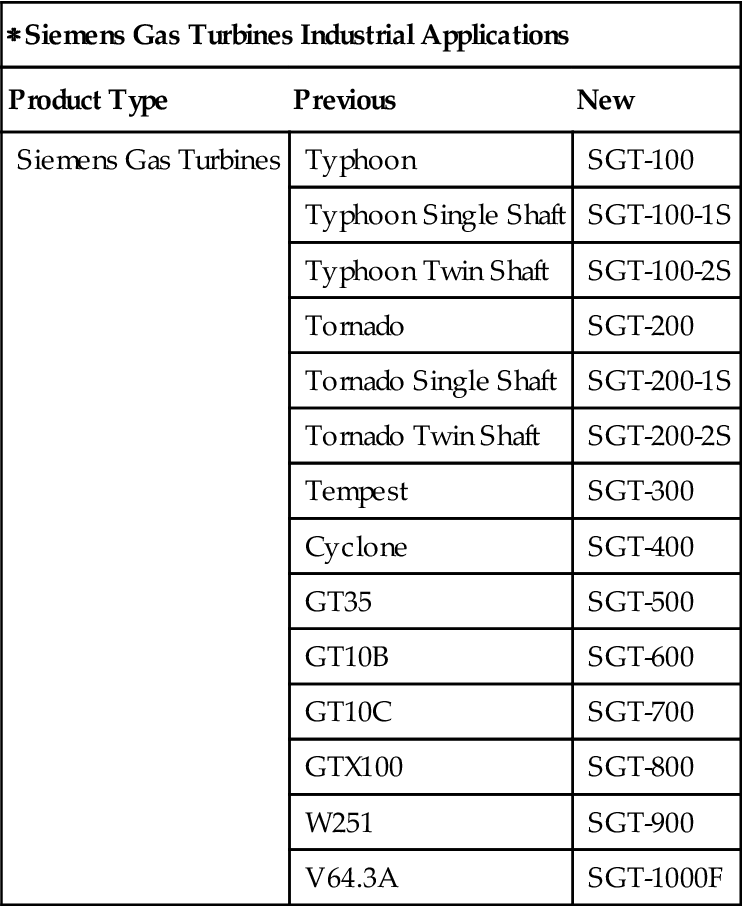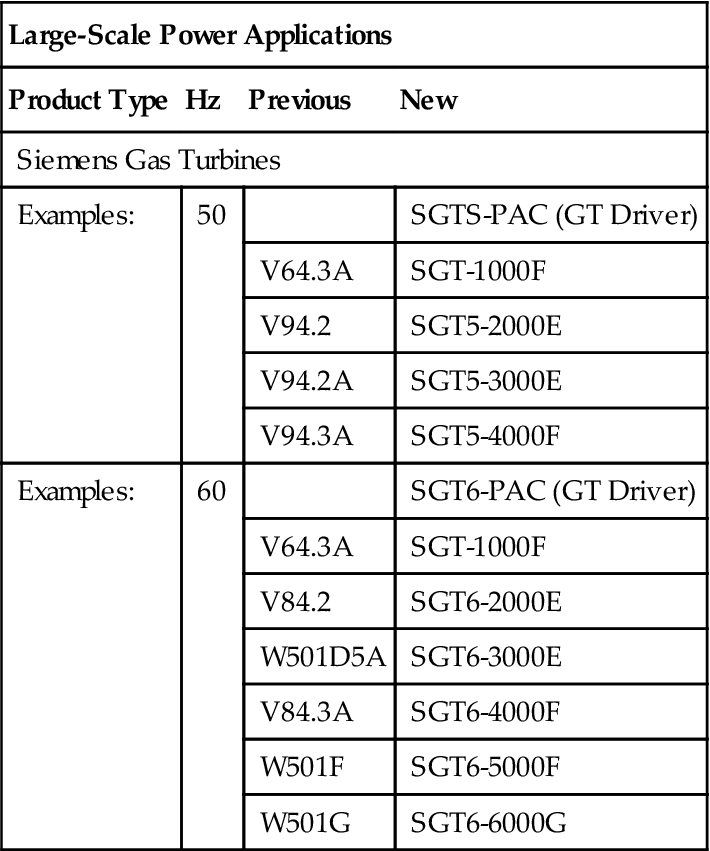Notes to the Reader
1. When I assembled the second edition of this book, I found the material I included in the first edition more relevant today than ever. That’s primarily because most of the updates I have added in the second edition platform on the technology I covered in the first edition. Also gas turbines require massive financial outlay, so no GT owner parts with his older models because there are new ones. The GT field is one where end-users hire consultants to engineer steam injection uprates to their older existing machines to equate to buying a new one. Therefore, for the most part, it made sense to leave the first edition material where it is.
2. For 19 years, I ran a panel session at ASME’s IGTI annual meeting that resulted in attendees considering the gas turbine (GT) experience of end-users in other sectors. My own time in the gas turbine industry has gone from power generation to mechanical drive to aeroengine and back again, so it is second nature to be able to apply the theory, applications, and experience from one sector to another. As this book covers “land, sea, and air,” my suggestion to the reader is that he or she use this book to do the same, if that’s not already “standard.”
3. Case studies in this book are generally adapted extracts from academic papers that are included with the authors’ or the authors’ parent companies’ permission. If the reader decides to get the complete original paper, I suggest contacting the originating or originating OEM company or authors (if the authors are “independent”). The publisher of said work may be an academic society. As such, its technical work may be run by volunteers. Its core staff may be entirely non-technical and would not be as seasoned as the writer of the work or the OEM company involved. The latter may, for instance, point out that there have been more papers on that same subject, which they may have presented at another society’s venue. Academic society or conference/publisher offices, however, can sell overall proceedings of a meeting, generally supplied on a CD Rom. They could also be a source of archived papers that the originating OEM, whether because of new technology and information attrition through joint ventures and acquisitions, has lost. Most OEMs, however, carefully safeguard their “old” material and one ought to consider contacting them first.
4. The global economy and consequential mergers and acquisitions have complicated the gas turbine sector technically, sometimes for the better. One may note that the cross-section of a Siemens W501 resembles the equivalent Mitsubishi (MHI) turbine. This is logical if one recalls that Siemens acquired Westinghouse (a U.S. company), which prior to its acquisition, had worked on the forerunner to the W501 in a joint venture with MHI. So in considering any engine, one needs to recall who did the original development engineering and of what the system or component most of interest, comprises. This is especially true in joint venture engines. Purchasers of IAE’s V2500 were heard to sigh with relief when they heard that the oil system was a Rolls Royce design. Rolls Royce is known to not skimp on their cooling whether it be via internal air or lubrication.
5. The changing gas turbine world has also created logistical issues. Brown Boveri (BB) became Asea Brown Boveri (ABB), which still exists and very healthily too. ABB now deals with fans, control systems, and many other critical GT system features. The part of ABB that made gas turbines and GT CCs became ABB Alstom, and then later Alstom (Alstom Power). ABB originally had two main branches that made entirely different size ranges of turbines. ABB Stal was in Sweden and built the smaller GTs. ABB Switzerland built the larger machines. Siemens (after it had acquired Westinghouse) acquired parts of Alstom Power that essentially included ABB Stal. Soon thereafter, Siemens developed a standardized numbering system for all its GT models that essentially changed the designations of the acquired engine lines and Siemens existing gas turbine model numbers.
After the content of this edition was final, Siemens bought part of Rolls Royce. So model number changes within engine lines, will continue.
6. Due to the complexities that come with item 4 above, I have done the following with respect to all case histories included here. If a paper was originally written by “ABB” for instance, I have left that name as is in the text, even if that engine line now is, for instance, part of the Siemens engine line. This does no disservice to Siemens, as the “change over in model numbers” key by Siemens is included both in this text1 and on (potentially updated) the Siemens website. This way, the reader can assess the chronological state of the technology at the time the case was written.
7. Although items 4 and 5 give the reader some responsibility for checking the logistics of the equivalent current model numbers, this avoids the far more serious alternative of confusion on technical issues. If, for instance, in the future, the acquiring OEM were to institute a technical modification to a model that may then change the outcomes noted in the subject case, the reader then understands the chain of technical development custody. This is crucial when making decisions regarding, for instance, independent facility repairs or retrofit engineered systems. Most end-users (provided they are engineers and not accountants or lawyers) would rather wade through logistical records than acquire a technical problem because they did not understand the design development history of their engine.
8. The other reason I favor this approach is it gives credit for the original case study to the individual people who wrote it. The company they worked for at the time may still be their employer or they may have moved to another OEM, via an acquisition. Or they may work for yet another employer or have retired as “independent(s).” Gas turbine engineers would favor this approach, because they can then read the case about the engine they are interested in, as well as recognize the original authors by name, if they were to meet them at some future date.
9. In the interests of making this book affordable, several source illustrations that were originally in color were adapted to be readable in gray scale. The reader has a choice here; to make future reference easier, I get my students to use colored markers as a learning exercise and for future clarity. The reader can also purchase a copy of all the source documents in which these figures appear in color.
| ∗Siemens Gas Turbines Industrial Applications | ||
| Product Type | Previous | New |
| Siemens Gas Turbines | Typhoon | SGT-100 |
| Typhoon Single Shaft | SGT-100-1S | |
| Typhoon Twin Shaft | SGT-100-2S | |
| Tornado | SGT-200 | |
| Tornado Single Shaft | SGT-200-1S | |
| Tornado Twin Shaft | SGT-200-2S | |
| Tempest | SGT-300 | |
| Cyclone | SGT-400 | |
| GT35 | SGT-500 | |
| GT10B | SGT-600 | |
| GT10C | SGT-700 | |
| GTX100 | SGT-800 | |
| W251 | SGT-900 | |
| V64.3A | SGT-1000F | |

| Large-Scale Power Applications | |||
| Product Type | Hz | Previous | New |
| Siemens Gas Turbines | |||
| Examples: | 50 | SGTS-PAC (GT Driver) | |
| V64.3A | SGT-1000F | ||
| V94.2 | SGT5-2000E | ||
| V94.2A | SGT5-3000E | ||
| V94.3A | SGT5-4000F | ||
| Examples: | 60 | SGT6-PAC (GT Driver) | |
| V64.3A | SGT-1000F | ||
| V84.2 | SGT6-2000E | ||
| W501D5A | SGT6-3000E | ||
| V84.3A | SGT6-4000F | ||
| W501F | SGT6-5000F | ||
| W501G | SGT6-6000G | ||

